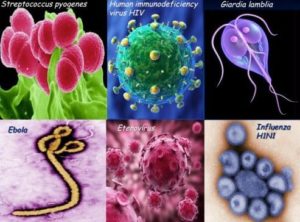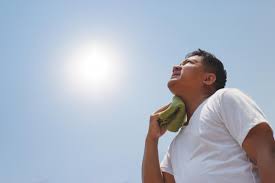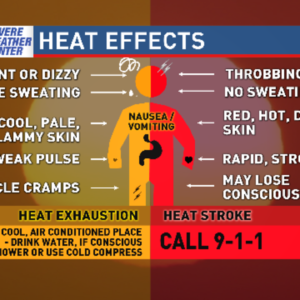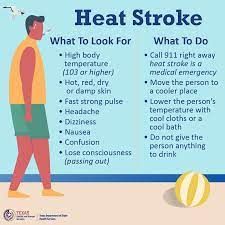
As you might think, bacterial infections are caused by bacteria, and viral infections are caused by viruses. Perhaps the most important distinction between bacteria and viruses is that antibiotic drugs usually kill bacteria, but they aren’t effective against viruses.
Bacteria
Bacteria are single-celled microorganisms that thrive in many different types of environments. Some varieties live in extremes of cold or heat. Others make their home in people’s intestines, where they help digest food. Most bacteria cause no harm to people, but there are exceptions.
Infections caused by bacteria include:
- Strep throat
- Tuberculosis
- Urinary tract infections
Inappropriate use of antibiotics has helped create bacterial diseases that are resistant to treatment with different types of antibiotic medications.
Viruses
Viruses are even smaller than bacteria and require living hosts — such as people, plants or animals — to multiply. Otherwise, they can’t survive. When a virus enters your body, it invades some of your cells and takes over the cell machinery, redirecting it to produce the virus.
Diseases caused by viruses include:
- Chickenpox
- AIDS
- Common colds
In some cases, it may be difficult to determine whether a bacterium or a virus is causing your symptoms. Many ailments — such as pneumonia, meningitis and diarrhea — can be caused by either bacteria or viruses.
Bacterial and viral infections have many things in common. Both types of infections are caused by microbes — bacteria and viruses, respectively — and spread by things such as:
- Coughing and sneezing.
- Contact with infected people, especially through kissing and sex.
- Contact with contaminated surfaces, food, and water.
- Contact with infected creatures, including pets, livestock, and insects such as fleas and ticks.
Microbes can also cause:
- Acute infections, which are short-lived.
- Chronic infections, which can last for weeks, months, or a lifetime.
- Latent infections, which may not cause symptoms at first but can reactivate over a period of months and years.
Most importantly, bacterial and viral infections, can cause mild, moderate, and severe diseases.
Throughout history, millions of people have died of diseases such as bubonic plague or the Black Death, which is caused by Yersinia pestis bacteria, and smallpox, which is caused by the variola virus. In recent times, viral infections have been responsible for two major pandemics: the 1918-1919 “Spanish flu” epidemic that killed 20-40 million people, and the ongoing HIV/AIDS epidemic that killed an estimated 1.5 million people worldwide in 2013 alone.Bacterial and viral infections can cause similar symptoms such as coughing and sneezing, fever, inflammation, vomiting, diarrhea, fatigue, and cramping — all of which are ways the immune system tries to rid the body of infectious organisms. But bacterial and viral infections are dissimilar in many other important respects, most of them due to the organisms’ structural differences and the way they respond to medications.
The Differences Between Bacteria and Viruses
Although bacteria and viruses are both too small to be seen without a microscope, they’re as different as birds and elephants.
Although bacteria and viruses are both too small to be seen without a microscope, they’re as different as giraffes and goldfish.Bacteria are relatively complex, single-celled creatures with a rigid wall and a thin, rubbery membrane surrounding the fluid inside the cell. They can reproduce on their own. Fossilized records show that bacteria have existed for about 3.5 billion years, and bacteria can survive in different environments, including extreme heat and cold, radioactive waste, and the human body.
Most bacteria are harmless, and some actually help by digesting food, destroying disease-causing microbes, fighting cancer cells, and providing essential nutrients. Fewer than 1% of bacteria cause diseases in people.
Viruses are tinier: the largest of them are smaller than the smallest bacteria. All they have is a protein coat and a core of genetic material, either RNA or DNA. Unlike bacteria, viruses can’t survive without a host. They can only reproduce by attaching themselves to cells. In most cases, they reprogram the cells to make new viruses until the cells burst and die. In other cases, they turn normal cells into malignant or cancerous cells.
Also unlike bacteria, most viruses do cause disease, and they’re quite specific about the cells they attack. For example, certain viruses attack cells in the liver, respiratory system, or blood. In some cases, viruses target bacteria.
Diagnosis of Bacterial and Viral Infections
You should consult your doctor if you think you have a bacterial or viral infection. Exceptions include the common cold, which is usually not life-threatening.
In some cases, it’s difficult to determine the origin of an infection because many ailments — including pneumonia, meningitis, and diarrhea — can be caused by either bacteria or viruses. But your doctor often can pinpoint the cause by listening to your medical history and doing a physical exam.
If necessary, he or she also can order a blood or urine test to help confirm a diagnosis, or a “culture test” of tissue to identify bacteria or viruses. Occasionally, a biopsy of affected tissue may be required.




